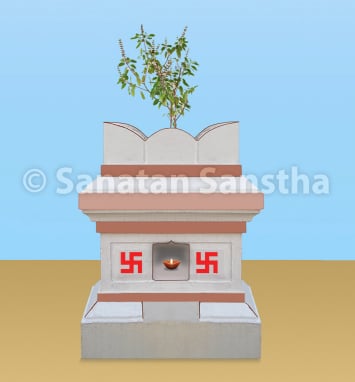
1. Tithi (Date as per Hindu calendar)
This ritual may be performed on any day from Kartik Shukla Dwadashi (Twelfth day of the bright fortnight of the month of Kartik) till Pournima (full moon of Kartik).
Spiritual significance
During this period the energy (Shakti) and Divine consciousness (Chaitanya) of Shri Vishnu are active in the universe at a subtler level; hence this ritual is performed.
2. Worship
This ritual consists of uniting Shri Vishnu [an Idol of Balkrushna (Infant Shrikrushna)] and the Tulsi (Basil plant) in wedlock. In ancient times, the practice of child marriage was prevalent. On the eve of the wedding, the Tulsi-vrundavan (A small rectangular structure in which the tulsi is grown) is painted and decorated. Sugarcane and marigold flowers are placed in the Tulsi-vrundavan and tamarind and gooseberries are placed at the base of the plant. The wedding ceremony is performed in the evening.
Spiritual significance
The Shrivishnu Principle active in the environment gets activated in the idol of Balkrushna and His energy in the tulsi plant. The Divine Consciousness endowing Principle of Shrivishnu and His energy in the form of tulsi unite in the subtle. So marriage of tulsi with Shrikrushna in the gross symbolises this union in the subtle.
Different substances used in the worship of the tulsi plant contain different active Principles. Sugar is distributed as prasad (Holy sacrament).
3. Special features of Tulsi Vivah
All rituals undertaken in the four months of Chaturmas culminate with the Tulsi Vivah. All food items that are forbidden during the Chaturmas are offered first to a Brahman and then partaken.
Spiritual significance
In the four months of Chaturmas several rituals from the Path of Rituals (karmakand) are observed. After culmination of Tulsivivaha the period of ritualistic actions in the gross is over. Hence the food items prohibited during Chaturmas as per rules and regulations (yama-niyam) are offered to a priest. Thus these prohibited food items merge into the priest (brahman Principle) existing in the form of Dharma and the worshipper is granted permission to partake of that food item by the Deity of Dharma (Dharmadevata).
– Miss Madhura Bhosale, Sanatan Ashram, Ramnathi, Goa (9.10.2017, 11 p.m.)
Reference : Theoretical information on religious festivals is available on Sanatan’s Holy text titled ‘Appropriate method of celebrating festivals and the underlying science’ Part 1, Volume 1, and the spiritual analysis of religious festivals has been received by Miss Madhura Bhosale in the subtle.
Principle of the Deity, active three components and their benefits
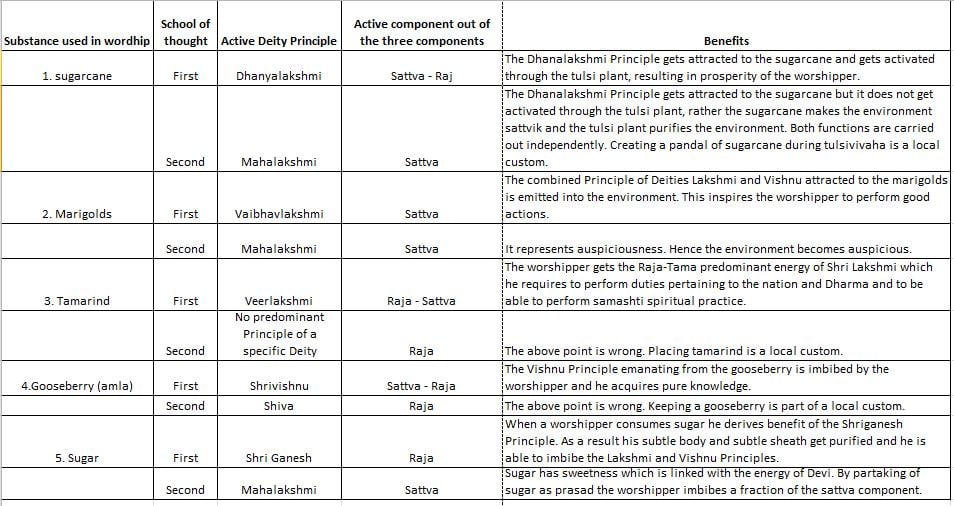

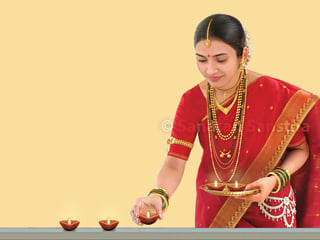 How to celebrate Deepawali in adverse times caused by coronavirus pandemic ?
How to celebrate Deepawali in adverse times caused by coronavirus pandemic ? Think whether you commit any inauspicious deeds on the auspicious occasion of Diwali !
Think whether you commit any inauspicious deeds on the auspicious occasion of Diwali !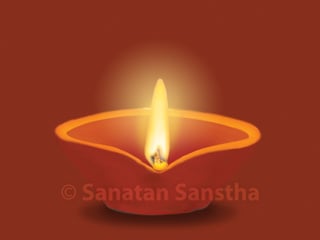 Dev-diwali
Dev-diwali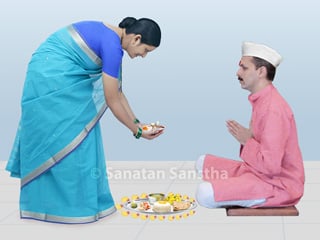 Bhai dooj and Yama Dwitiya
Bhai dooj and Yama Dwitiya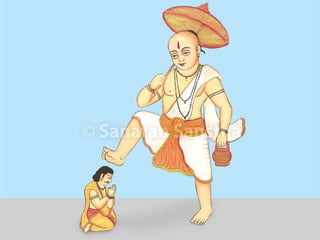 Balipratipada
Balipratipada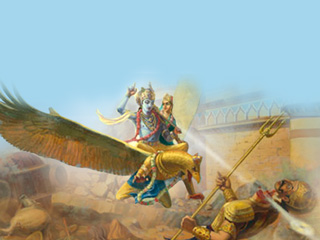 Narak chaturdashi
Narak chaturdashi